I know that Ctrl+} will take you to the corresponding brace in Visual Studio, but say I'm in the middle of a gigantic function and I don't know where the top or the bottom is, is there a shortcut to get directly to the function declaration?
void function()
{
//so many lines of code
//can't see the top or the bottom curly brace
//can i get to the top of the function with a shortcut?
}
